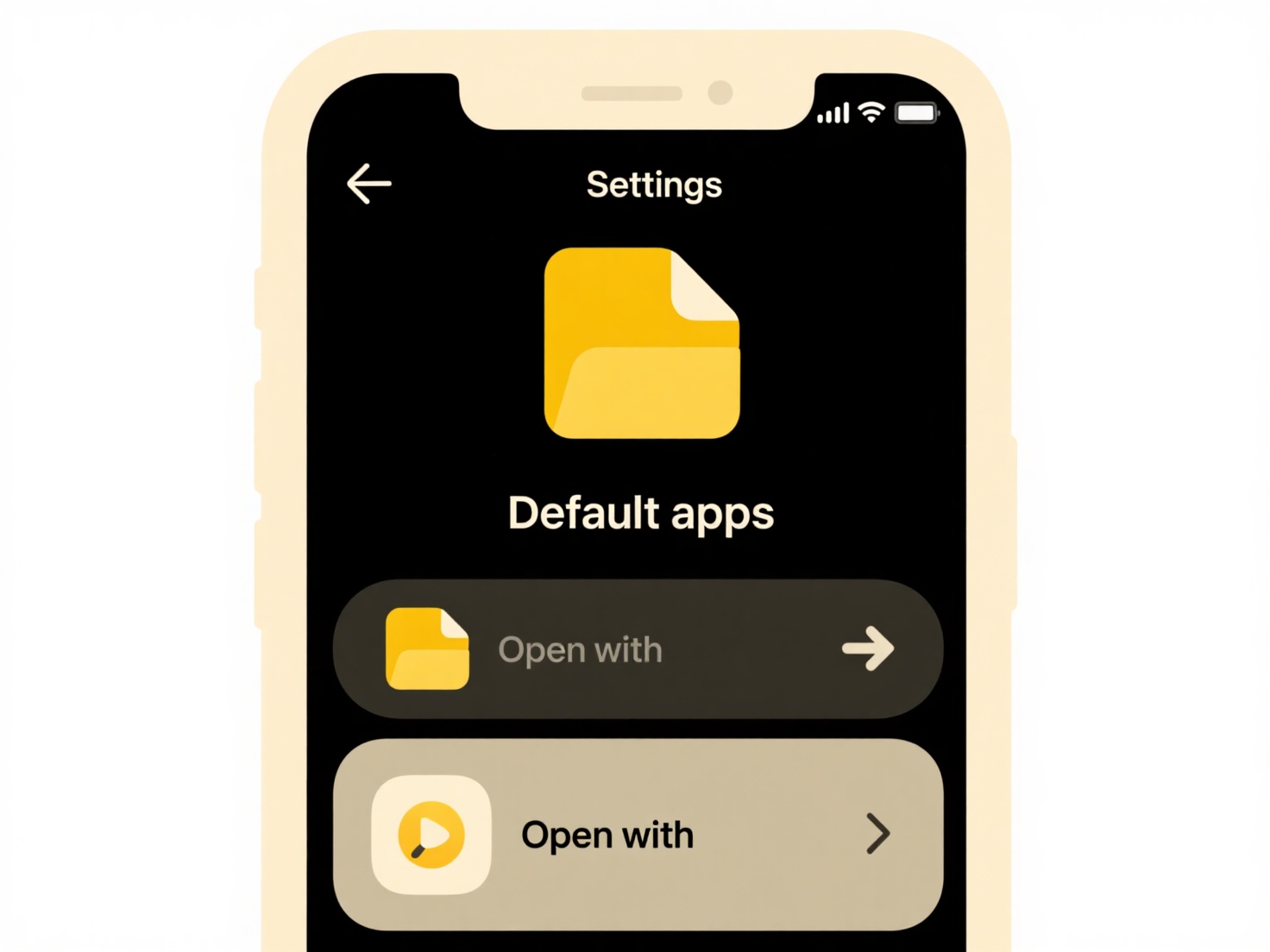
Files may be renamed during download primarily to avoid naming conflicts on your device or for security reasons. If a file with the same name already exists in the target folder, the browser or application typically appends a sequence number (e.g., "document(1).pdf") to prevent overwriting your existing data. Some security software or enterprise systems might also automatically rename files detected as potentially risky to a harmless extension or prefix them to highlight suspicion before opening.
In practice, web browsers like Chrome, Firefox, or Edge commonly add numbers to duplicates. For instance, downloading "report.xlsx" twice to the same Desktop folder would result in "report.xlsx" and "report (1).xlsx". Security tools, especially in corporate environments, might rename a downloaded "invoice.exe" to "invoice.exe.malicious" if flagged by antivirus scans, or email gateways could rename attachments containing macros (e.g., "budget.xlsm" becomes "budget.xlsm_blocked").

This renaming protects against accidental data loss and mitigates security threats. The main benefit is prevention but the key limitation is user confusion – locating the file or understanding the new name becomes harder. Future developments could include clearer user notifications explaining renaming actions or smarter folder management within applications to suggest alternative locations before automatically altering filenames.
Why do some files get renamed when I download them?
Files may be renamed during download primarily to avoid naming conflicts on your device or for security reasons. If a file with the same name already exists in the target folder, the browser or application typically appends a sequence number (e.g., "document(1).pdf") to prevent overwriting your existing data. Some security software or enterprise systems might also automatically rename files detected as potentially risky to a harmless extension or prefix them to highlight suspicion before opening.
In practice, web browsers like Chrome, Firefox, or Edge commonly add numbers to duplicates. For instance, downloading "report.xlsx" twice to the same Desktop folder would result in "report.xlsx" and "report (1).xlsx". Security tools, especially in corporate environments, might rename a downloaded "invoice.exe" to "invoice.exe.malicious" if flagged by antivirus scans, or email gateways could rename attachments containing macros (e.g., "budget.xlsm" becomes "budget.xlsm_blocked").

This renaming protects against accidental data loss and mitigates security threats. The main benefit is prevention but the key limitation is user confusion – locating the file or understanding the new name becomes harder. Future developments could include clearer user notifications explaining renaming actions or smarter folder management within applications to suggest alternative locations before automatically altering filenames.
Quick Article Links
How do I share files in Microsoft Teams?
File sharing in Microsoft Teams refers to the method of uploading, exchanging, or collaboratively working on documents, ...
How can I log export actions for traceability?
Logging export actions involves systematically recording details whenever data is copied or moved outside a system, like...
What’s the best way to organize similar or related files?
Organizing similar files effectively relies on two core principles: logical directory hierarchy and consistent naming co...